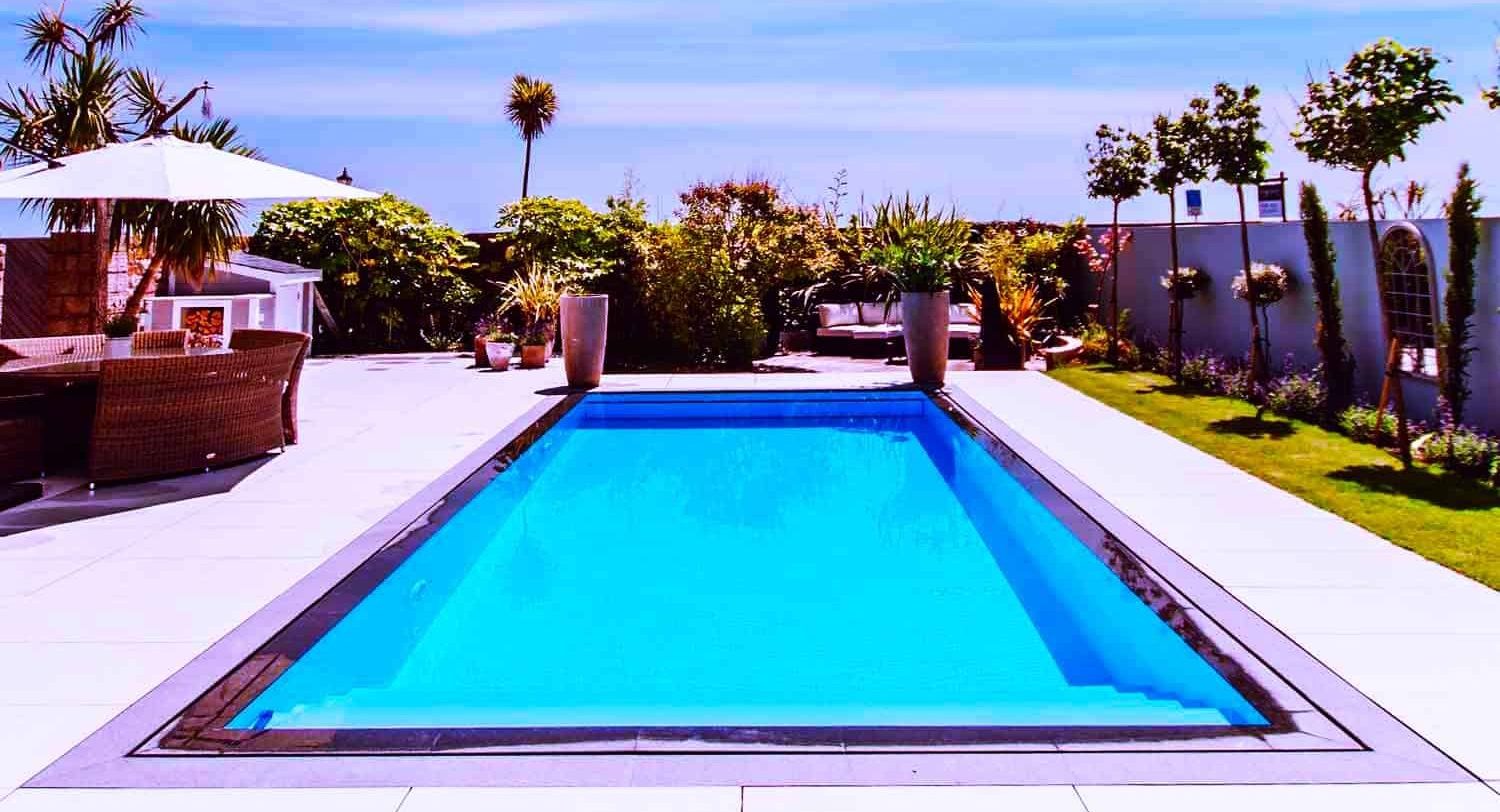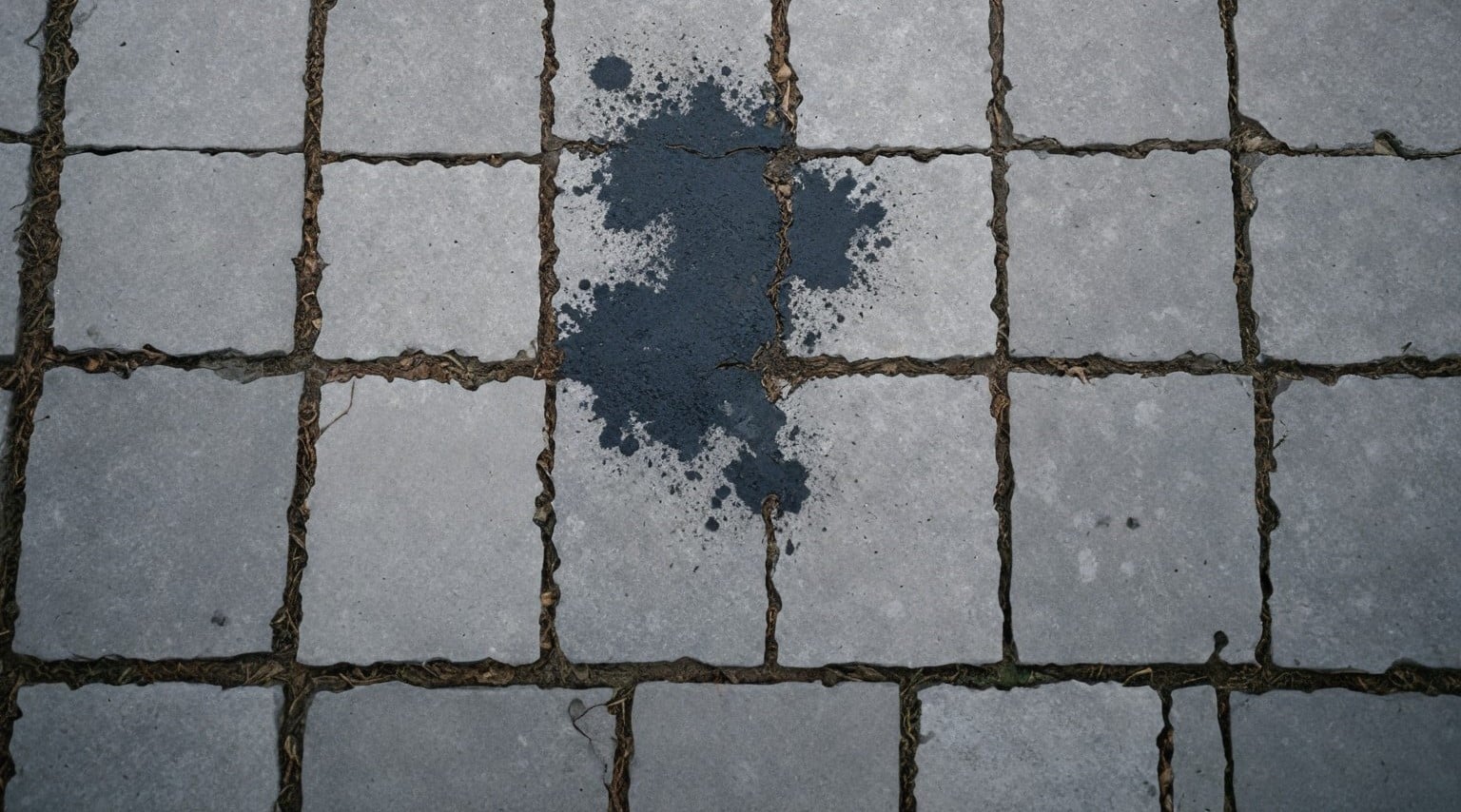Pool owners look forward to the arrival of spring because it means the start of a new swimming season. After a long winter, it’s time to think about how to open pool in spring properly. It is not as difficult as it may seem, and if you follow all the necessary steps, you will soon be able to enjoy the coolness and freshness of the water with your family and friends.
Prepare Your Pool Area
Sweep away debris before the swimming season starts. Leaves, grass, and mulch can easily find their way into your pool if not cleared. They not only look unsightly but can clog filters and pumps, leading to bigger issues.
Start by using a sturdy broom or a leaf blower to clear the area around the pool. Pay special attention to corners and hidden spots where debris tends to accumulate. A clean environment promises that when you open your pool for spring, it will remain as pristine as possible.
Clean surroundings
Before the swimming season begins, inspect and clean the deck and furniture. This action prevents algae growth and reduces slipping hazards.
Use a pressure washer or a garden hose with a strong nozzle to remove dirt buildup on hard surfaces. For furniture, mild soap and water will do the trick. Remember, a clean environment enhances the enjoyment of your pool area.
Check hazards
Winter can be harsh on outdoor spaces, potentially introducing hazards to your pool area. Before swimmers start enjoying the pool, conduct a thorough inspection for any damages or risks. Look for cracks in the deck, loose tiles, or unstable fencing that might need repair.
Addressing these issues early guarantees that your pool is safe for everyone. It also helps avoid last-minute rushes when you’re eager to start enjoying the water. Regular maintenance keeps your pool area in top condition year-round.
Repair necessities
The off-season brought wear and tear to your pool equipment and accessories. Inspect pumps, heaters, ladders, and diving boards for any signs of damage or wear. Early detection allows for repairs before they become major problems.
Replacing worn-out parts or fixing loose bolts can significantly extend the life of your equipment. It provides that once you open your pool, it operates smoothly throughout the season.
Uncover and Clean the Pool
Collaborating with a partner, carefully remove the pool cover to prevent any damage. This step is very important in the process of how to open pool in spring. It’s important to secure that debris and water collected on top do not spill into the pool.
Once removed, wash the pool cover with a specialized cleaner or mild soap. After cleaning, allow it to dry completely before folding and storing it properly. This prevents mould and mildew from forming, extending the life of your pool cover.
Inspect pool
Inspecting the uncovered pool reveals essential tasks ahead. Look for signs of algae buildup, as this indicates areas needing a thorough cleaning. Also, check for leaks or damage that may have occurred over the winter months.
The next step is to remove debris with a leaf rake. Clear all visible dirt and leaves to prevent them from affecting your pool’s filtration system. This initial cleanup is vital for maintaining water quality.
Prevent cloudy water
Preventing cloudy pool water begins with understanding its causes primarily poor filtration and imbalanced chemicals.
Here are key steps to avoid this common issue:
- Check your filter system to see if it’s clean and functioning correctly;
- Regularly test water chemistry and adjust as needed;
- Use a pool vacuum to remove fine particles of dirt;
- Skim the surface daily to remove debris before it sinks.
These actions help maintain clear water throughout the swimming season, making your pool inviting and safe for everyone.
De-winterize Plumbing
After uncovering and cleaning the pool, the focus shifts to the plumbing. Remove winter plugs from all return lines. These plugs prevent water from entering the pipes during freezing temperatures, and they must be removed before restarting the pool’s circulation system.
Next, extract any ice compensators placed in the skimmer baskets and main drains. Ice compensators protect against freeze damage by absorbing pressure from ice expansion. With warmer weather, their job is done.
Refill pool
The water must reach the mid-level of the skimmers. This level is optimal for reinitiating filtration and circulation systems effectively. Use clean water for refilling to avoid introducing metals or contaminants that can stain your pool or disrupt its chemical balance.
Reattach Accessories
After de-winterizing your pool’s plumbing, it’s time to focus on the accessories. Safety is paramount when reattaching ladders, diving boards, and lights. Each item must be inspected for wear and tear. So that all accessories are safe for use.
Damaged or worn-out parts need immediate attention. If ignored, they could pose serious risks. To prevent accidents, replace or repair any faulty equipment before proceeding.
Lubrication needed
Moving parts on ladders and diving boards require lubrication for smooth operation. Use the right type of lubricant to avoid issues down the line. It also helps prevent rust on metals and provides longevity.
Applying lubricant also makes future disassembly easier. This is important when you need to close your pool again. Remember, a little maintenance goes a long way in extending the life of your pool accessories.
Secure installation
Securing all accessories properly cannot be overstated. Loose ladders or diving boards are accidents waiting to happen. Make sure every bolt and screw is tightened to the manufacturer’s specifications.
This step might require some tools and a bit of elbow grease, but it’s worth the effort. It guarantees that your pool area is safe for everyone throughout the swimming season.
Check and Prime Pump
After reattaching accessories, the next step in how to open pool in spring involves the pump and filter system. Before anything, replace and secure all drain plugs. Such measures help to avoid water leakage and maintain system performance.
O-ring lubrication
The pump lid’s O-ring requires special attention. Lubricate it well to make the connection airtight. This step is vital for preventing leaks around the pump lid.
Use a silicone-based lubricant for best results. It helps maintain the O-ring’s elasticity and effectiveness over time.
Adjust Water Level
The goal here is to reach the ideal range, typically at the mid-level of the skimmers. This position allows for optimal filtration, which is essential when reopening your pool in spring.
To achieve this, gradually add water using a garden hose. It’s advisable to use a hose filter during this process. This precaution helps prevent metals and other contaminants from entering your pool water. Such pollutants can lead to staining or require additional chemical treatments to rectify.
Monitor level
Once you’ve started adding water, keep a close eye on the level. It might fluctuate as the pool begins to circulate more actively, and adjustments may be necessary over the first few days of operation.
It’s not uncommon for evaporation or initial filtration processes to slightly lower water levels after they’ve been set. Monitoring and adjusting are key steps in maintaining the ideal range for efficient pool operation.
Use hose filter
Employing a hose filter isn’t just about preventing contamination. It also plays a role in maintaining clarity and balance in your pool’s ecosystem from the day it reopens. Metals like iron and copper can significantly affect water quality and appearance.
This approach saves time and resources by reducing the need for corrective chemical treatments later on. It underlines why knowing how to open pool in spring effectively involves understanding each step’s impact on overall pool health.
Balance Water Chemistry
After adjusting the water level, try to balance the water chemistry. This involves taking a sample of your pool water to a local pool supply store. There, experts can conduct a comprehensive analysis, checking for pH, alkalinity, and calcium hardness levels.
This test reveals what chemicals your pool needs. It’s important for maintaining a healthy swimming environment. Without this step, you risk damaging your pool equipment or creating an unsafe swimming area.
Chemical safety
Handling pool chemicals requires care. Always wear protective gear, such as gloves and goggles, to protect yourself from potential harm.
Follow the manufacturer’s instructions carefully when adding chemicals to your pool. Incorrect use can lead to difficult-to-correct imbalances.
Chlorine vs saltwater
Many pool owners make the significant decision to choose between chlorine and saltwater systems. Each has its pros and cons regarding maintenance, cost, and swimmer experience.
Chlorine pools require regular chemical additions but are less expensive upfront. Saltwater systems generate their chlorine, offering a more gentle swimming experience with softer water. However, they often come with higher initial costs and maintenance requirements.
Shock Your Pool
After balancing the water chemistry, use calcium hypochlorite to shock your pool. It’s best to perform this action at night, as this timing prevents sunlight from degrading the chemicals too quickly.
Pour the solution around the pool’s perimeter. This method targets algae and bacteria clinging to walls and the bottom.
Filtration system
Once shocked, keep the filtration system running non-stop for 24 hours. This promises that the shock treatment circulates throughout every part of your ground pool. It helps clear any lingering contaminants.
During this period, check skimmers and filters for blockages. They must work efficiently to filter out dead algae and other debris.
Chlorine monitoring
Monitoring chlorine levels after shocking is essential. You aim for a safe sanitization level without over-chlorinating. High chlorine can damage pool components and irritate skin or eyes. Test the water 8-24 hours post-shock. Adjust as necessary to maintain optimal levels.
Address Water Clarity
After shocking the pool, it’s not uncommon for the water to remain somewhat cloudy. This haze can obscure the beauty of your pool and make swimming less inviting. To combat this, add a clarifier as directed on the product’s label.
Clarifiers work by coagulating tiny particles into larger ones that your filter can more easily capture. Follow the instructions carefully. Incorrect usage can lead to further issues rather than solving the cloudiness.
Filter operation
Once you’ve added the clarifier, it’s essential to continue running the filtration system for at least 24 hours. This extended operation allows the filter to remove the newly coagulated particles from the water, improving clarity. Make sure that your filter is clean and functioning correctly before this step to maximize efficiency.
Conclusion
Well, we’ve opened the pool. To make it last longer, you need to keep it clean and check the chemical levels regularly. Keeping your pool water crystal clear is not limited to the initial spring treatments.
Monitor chemical levels regularly and adjust as needed throughout the swimming season. Also, don’t forget regular maintenance activities such as debris removal and filter cleaning.Avanti Landscaping uses the most advanced landscaping techniques, and they guarantee that the projects they participate in meet all the building codes. Their expertise can transform any outdoor space into a beautiful and functional area perfect for spring and summer recreation.

